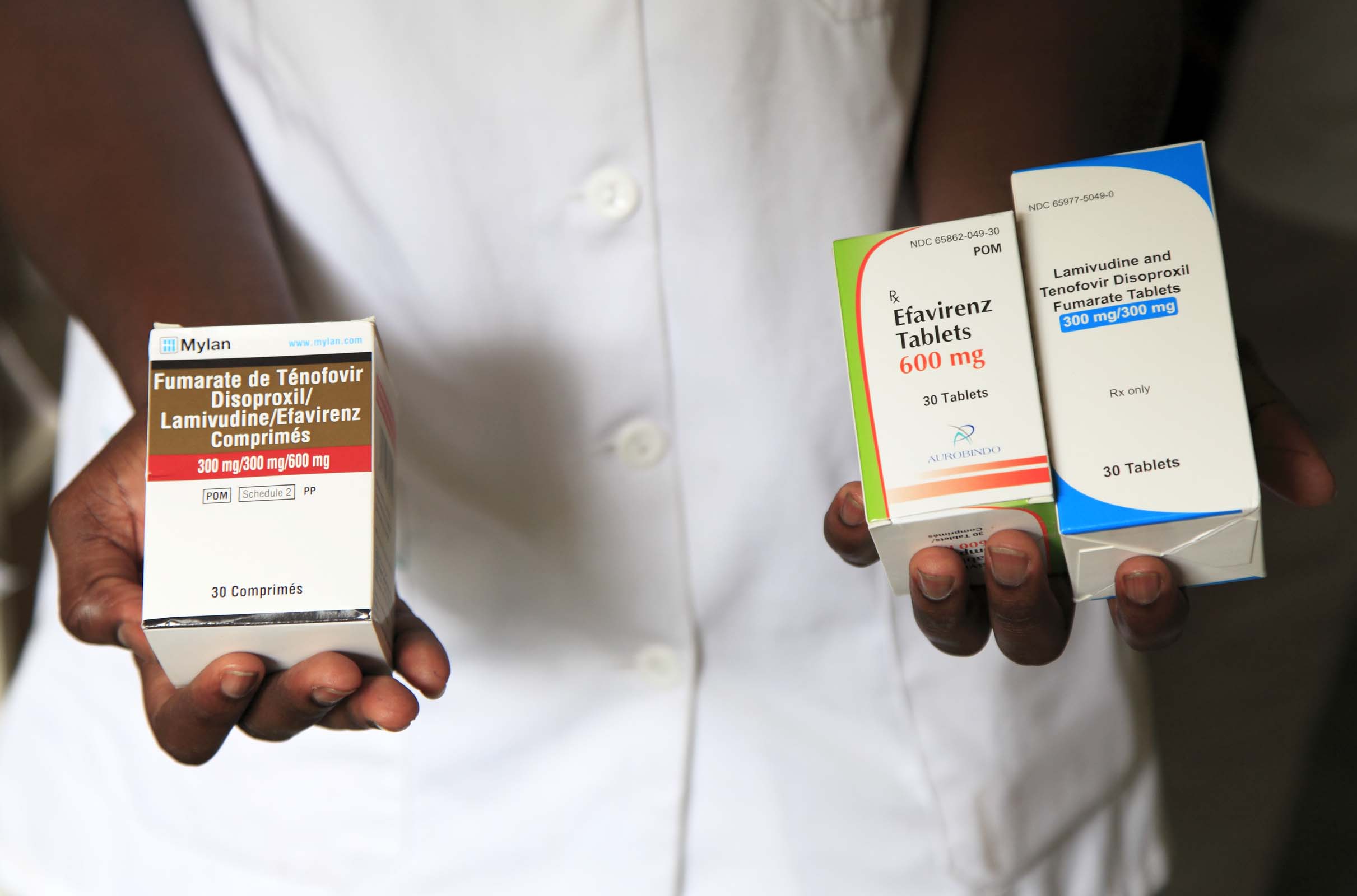“Tenofivir and zidovudine-based products, including fixed-dose combinations, are in good supply, although there are some challenges with the zidovudine active pharmaceutical ingredient (API) market out of China. Demand for stavudine-based products is dropping fast and suppliers are exiting the market for these products.”
These were the conclusions from a recent visit to India and China by the PFSCM procurement strategy team.
It is now just over a year since WHO released their Consolidated Guidelines on the use of anti-retroviral (ARV) drugs for treating and preventing HIV infection. In March WHO also issued an important supplement to the guidelines focused on the public health approach to implementing the recommendations.
Most countries have now formulated their policy positions on implementation of the new guidelines. However, the practicalities of bringing the new treatment regimens into use continue to be worked through as countries use existing stocks and current orders, and clinicians manage the transfer of patients.
Some countries face budgetary challenges as the tenofovir (TDF)-based regimens are more expensive than stavudine, and this will be reflected in requests to donors and national treasuries for budgets in 2015 and beyond.
PFSCM’s experience is that suppliers of API and finished dose products have reacted to the WHO 2013 Consolidated Treatment Guidelines by significantly boosting the available capacity for TDF containing products. After some initial API supply constraints in 2013, in both API and finished doses, new production capacity is now in place to meet current and anticipated demand for the next two years or more. Suppliers are currently quoting between 2 to 4 months to fulfill orders. Prices for TDF products continue to trend down.
The situation for zidovudine (AZT) is a little more constrained with some challenges for price and production capacity. Generic producers with their own API capacity continue to be able to meet demand based on established capacity. The open market for API from China is more constrained than in the recent past. Zidovudine API and intermediates are in short supply due to strengthened environmental regulations for Chinese manufacturers. Prices out of China are up by as much as 25% and many Chinese suppliers have tightened their payment terms. Both of these developments are squeezing the margins of Indian finished-dose producers leading to risks of higher prices for zidovudine products. This potentially reverses the long-term trend of ever-lower prices for ARVs. We are also seeing lengthening delivery times of up to six months. AZT is one of oldest ARVs and is well into the mature phase of its product life cycle when margins are smaller and changes in external costs are harder to absorb without price increases.
A major recommendation in the 2013 WHO Guidelines was that programs phase out the remaining use of stavudine. This has led to a rapid drop off in orders for stavudine containing products and most suppliers have now effectively withdrawn their stavudine product from the market by no longer quoting to supply.
In other developments the demand for the protease inhibitor lopinavir/ritonavir, mainly used in 2nd line regimens, continues to grow in both generic and innovator form, with the competition generated by generic manufacturers and increased volumes leading to price reductions.

